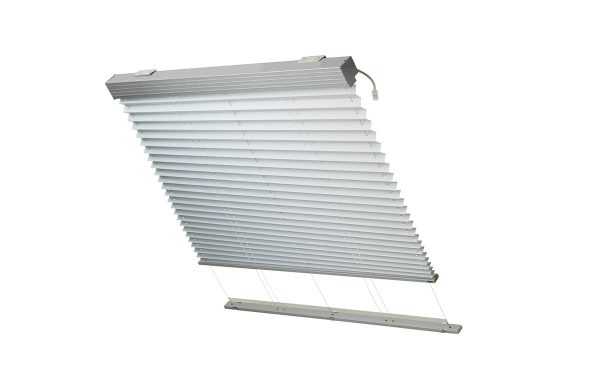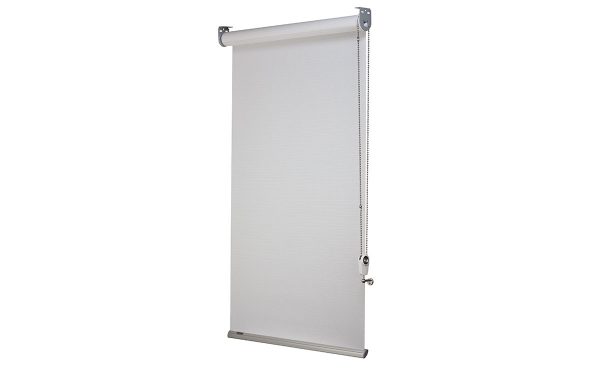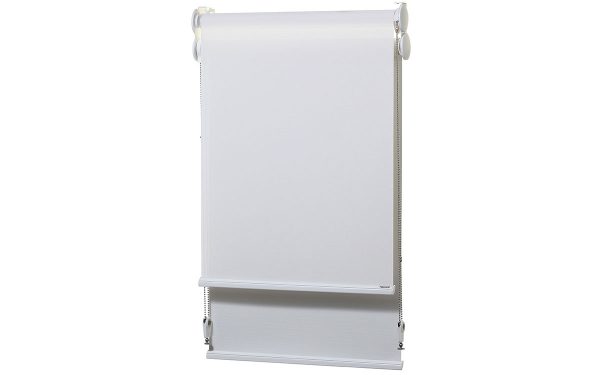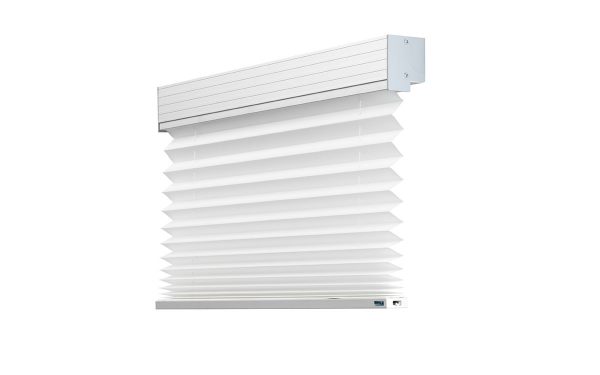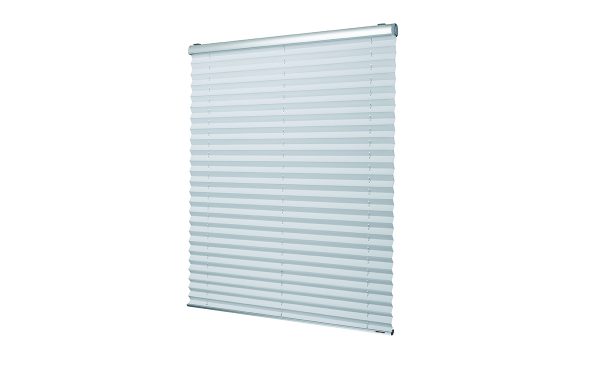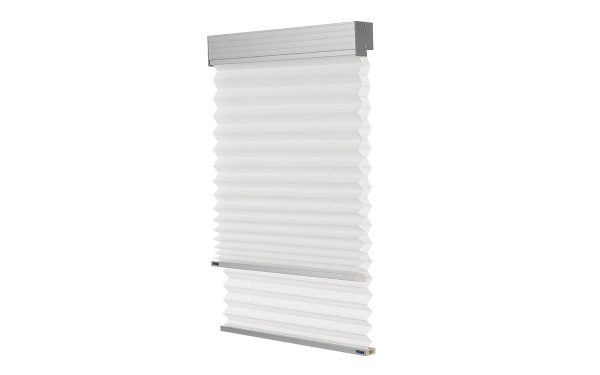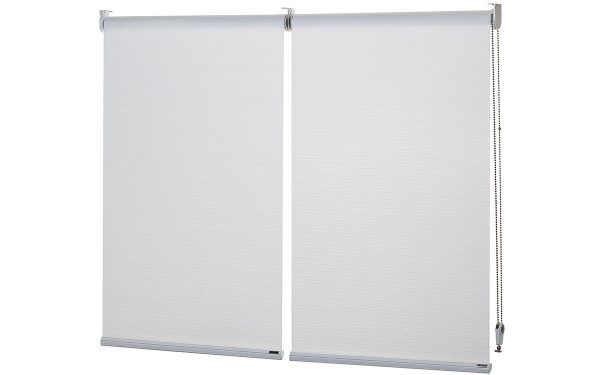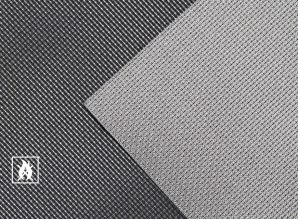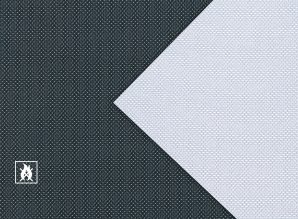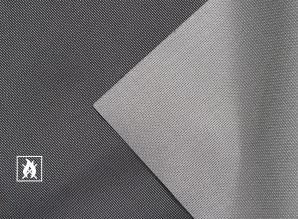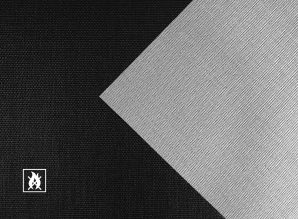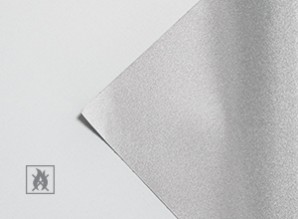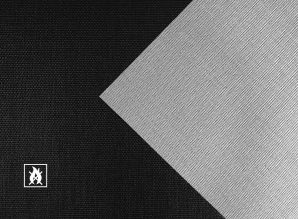Automated shade – the why and the how
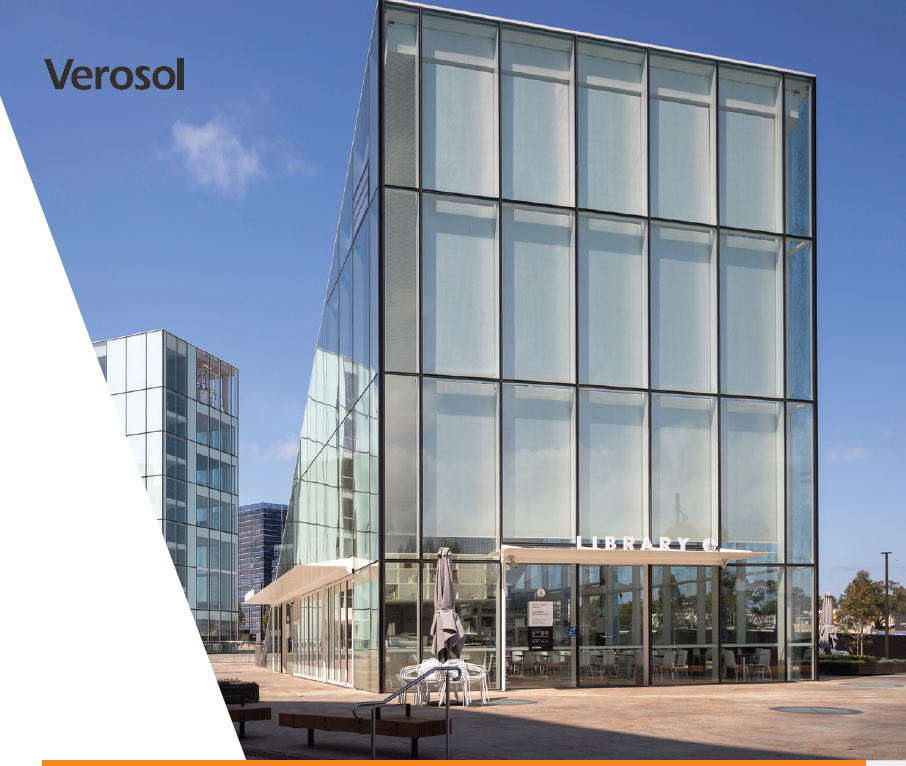
Automated blinds and curtains deliver a range of benefits, including improved child safety, convenience, security, comfort, energy savings, environmental friendliness, and more.
If the history of technology has taught us anything it’s that automation is a force to be reckoned with. During the second half of the 20th Century, it became apparent that most procedures, tasks and processes that could viably be automated, eventually would be.
From dishwashing to changing television channels, flying a plane or even driving a car, automation is the basic standard by which we now operate most things.
The same is surely true for shading systems. Automated blinds and curtains deliver a range of benefits, including improved child safety, convenience, security, comfort, energy savings, environmental friendliness, and more.
Project Details
There are several variables associated with curtain and blind automation. Far from a one-size-all proposition, it involves choices around things like motor size and type, motor placement, and potential integration with building management systems.
It involves selection of appropriate control methods, along with future proofing for smart connectivity, accessibility for installation and future servicing, and the preparation of pre-wiring diagrams.
In addition, decisions regarding fixing points, assurances relating to the structural strength capable of handling products that are heavier than their manual counterparts, and provision of appropriate power supply are critical.
Similarly, a clear understanding of the reasons for including an automated system need to be well understand during the early planning stages; and questions around flexibility and things like group control need to be answered.
Fabric choice is also critical. While the construction sector’s contribution to carbon emissions and climate change is well understood and acknowledged, one key way to reduce these emissions is often overlooked.
Quality window coverings can play a critical role in cutting energy costs and ensuring that commercial buildings are sustainable. The best way to optimise performance in this sense is by combining performance fabrics with automated shading systems.
Please download the Case Study for more information and to find out how Verosol can assist with having the best performing textiles on a window in the right place at the right time, all the time, without the need for human intervention.
Click here to stream “Automated Shade – the Why and the How”, the CPD Live session presented by Indesign Media and sponsored by Verosol.
